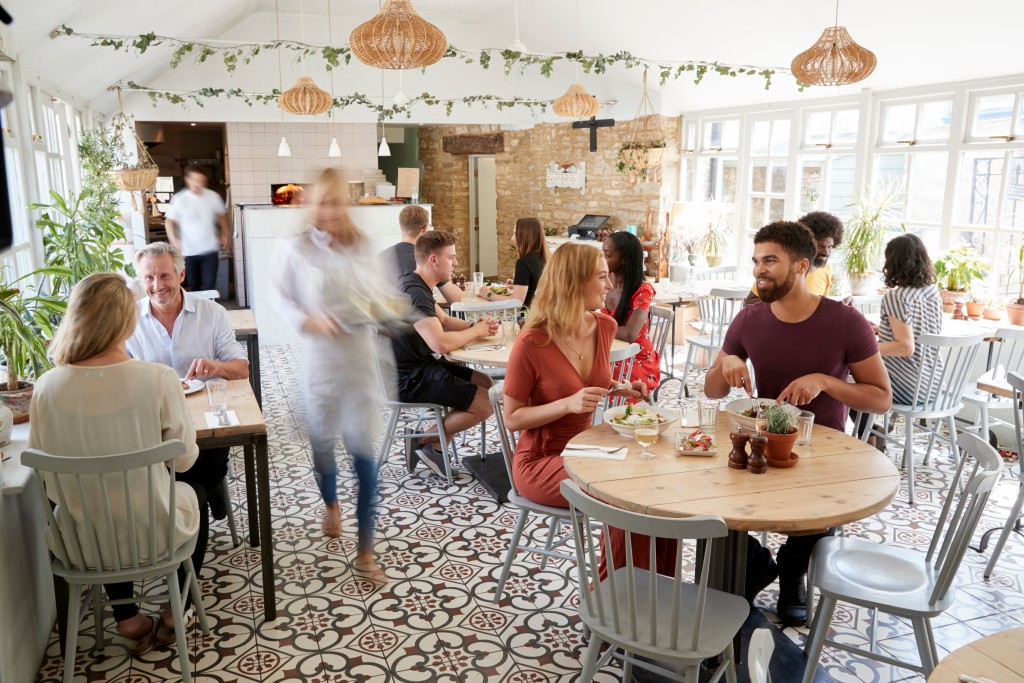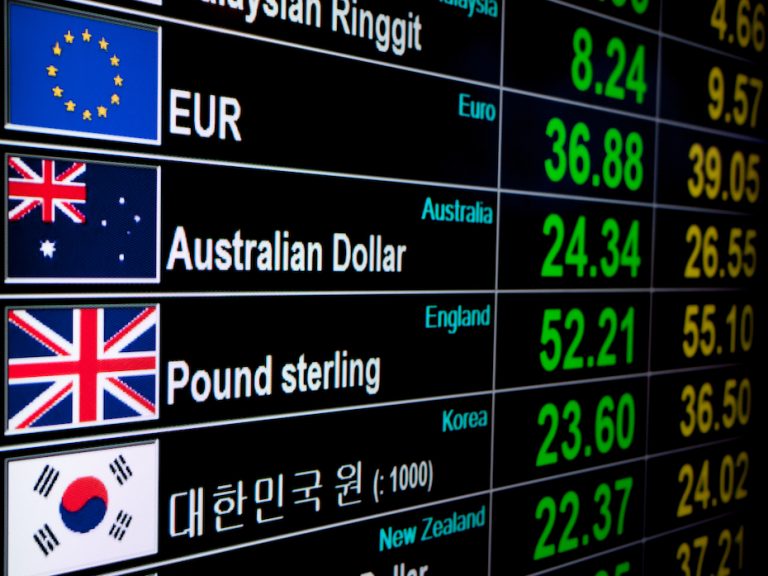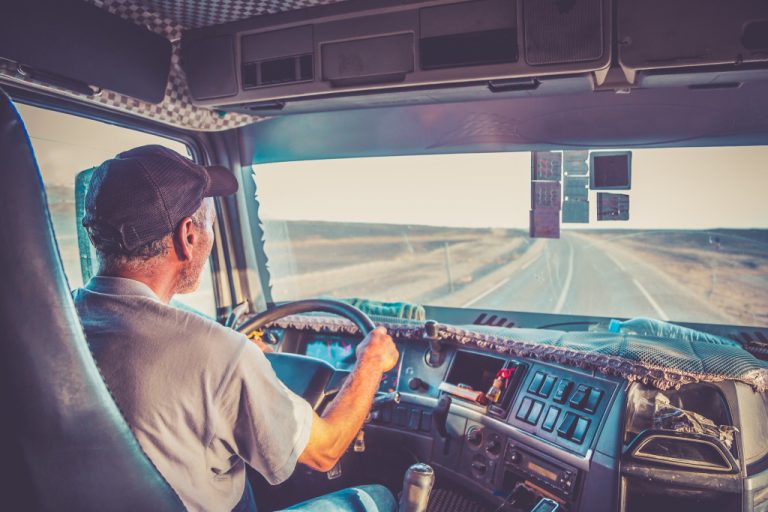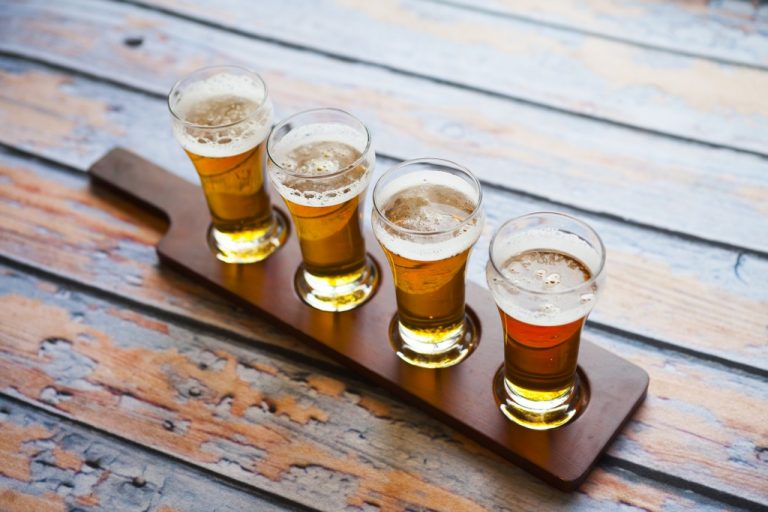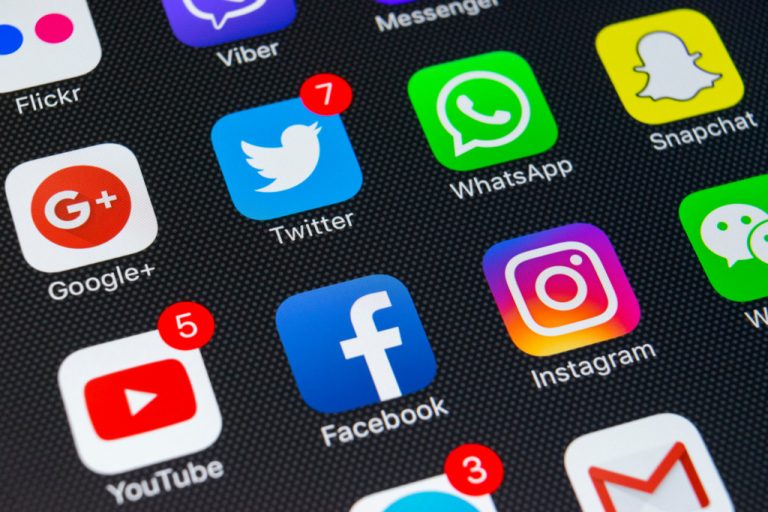Though there is a very low risk of the COVID-19 virus spreading through food and food packaging, it’s still crucial to observe health protocols while operating your restaurant. After all, people come and go at your premises, potentially leaving infected droplets if they aren’t wearing masks.
As a new restaurateur, you need to be updated with the latest safety guidelines from the CDC, and to implement your own hygiene and sanitation measures.
But adopting additional cleaning routines increases your expenses, so you have to consider reducing your daily costs as well without sacrificing the safety of your restaurant.
So here’s how to ensure your employee and customers’ safety without blowing up your expenditure:
Hygiene and Sanitation Measures
1. Let Sick Employees Stay Home
These days, even a common cold should be treated more seriously. If one of your employees report being sick, let them stay at home to keep them from potentially carrying the virus into your premises.
2. Increase Cleaning Efforts
Starbucks started sanitizing some areas on their premises every eight minutes. CapitalSpring, the mother company of Taco Bell and Wendy’s franchisees, set timers in place to remind their employees to clean a specific area. They installed security cameras to monitor if their employees are following the directive.
Use similar regulations to keep your establishment sanitized, especially the high-traffic areas such as the dining tables, bars, and order counters. You can use commercial sanitizing services for this part.
3. Limit Dine-in Customers
In restaurants, the highest risks of viral transmission take place in indoor and outdoor seating. As such, it is encouraged to limit the number of dine-in customers. Ensure that they’re maintaining a six-feet distance from one another. Re-arrange your seating by following this physical distancing requirement.
4. Have Hand Sanitizers in Place
Provide hand sanitizers for your customers and employees, preferably in packaging that they don’t have to touch. Select a hand sanitizer with at least 60% alcohol to make it effective against the virus.
5. Promote Etiquette for Coughing, Sneezing, and Hand-washing
Aside from wearing face masks to stop the spread of droplets, instruct your employees to cough or sneeze using their elbows to cover their mouth or nose with. Provide tissues, no-touch trashcans, and soaps. Assign someone to empty the trash regularly, and to keep soap dispensers filled.
Cost-Saving Strategies

Since people are discouraged from dining out, restaurants are mostly operating through delivery and drive-through services. Revenue flow became sluggish as a result. Profits also decreased, because heightened sanitation measures increased expenses.
As such, it’s essential for restaurants, old and new, to come up with strategies that will reduce their costs without sacrificing quality and safety.
If you offer a wide variety of dishes, consider limiting your menu to only the bestsellers. Assess each dish’s popularity by categorizing them into the following:
- Stars: The most ordered with high profitability
- Plow-horses: Also frequently ordered but not as profitable
- Puzzles: Highly-profitable but not usually ordered
- Dogs: Neither popular nor profitable
Make only your stars and plow-horses available for the meantime to minimize your losses. Puzzles can also be included, as long as their ingredients are cheap and easily accessible.
Reduce food waste as well by putting perishable food on sale. Reuse and recycle some of your goods, like the cooking oil, for instance. Reputable commercial sanitizing companies offer cooking oil filtration, which allows you to reuse cooking oil and save costs. That won’t make your food unsanitary, because the filters get rid of harmful bacteria to make used cooking oils good as new.
By implementing these measures, your new restaurant can gain the spotlight even with a pandemic. The trust you’ll win from your customers can push you to popularity, making you a reputable establishment fast.
